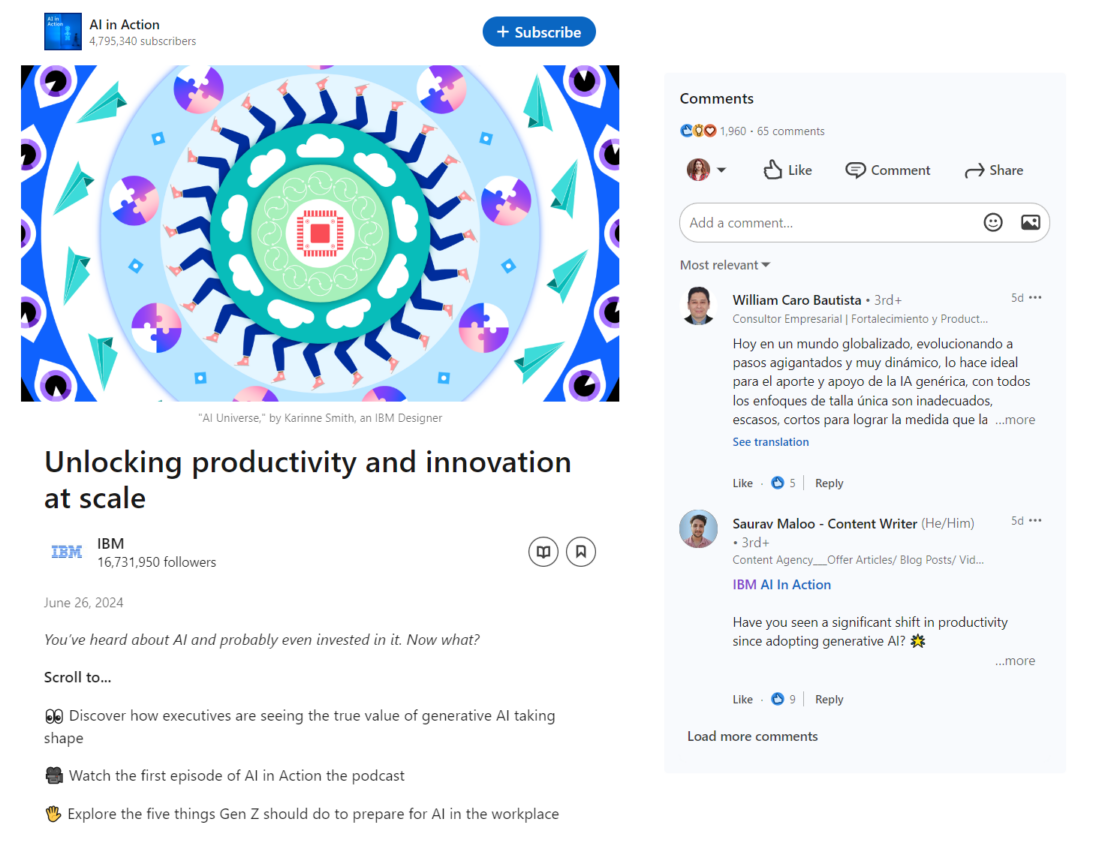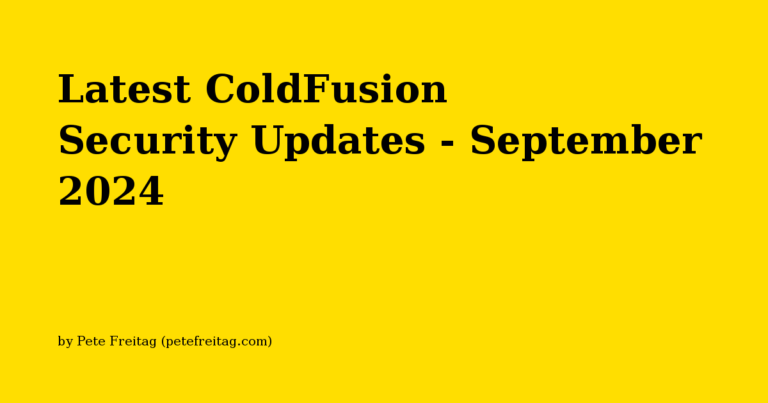Your LinkedIn company page is one of your most valuable resources, whether you’re a B2B company looking for sales opportunities or a vendor trying to showcase a strong employer brand.
As the world’s top social media platform for professionals, LinkedIn is the number one place to track partnership opportunities, establish trust and credibility, find new employees, and increase sales (in some sectors). In fact, more than 70% of B2B marketers say that LinkedIn has had a positive impact on their revenue. So, if you’re currently struggling with poor content performance on LinkedIn, the issue probably isn’t with the platform itself but the type of content you’re creating.
Find out what types of content drive the most engagement and the best business results.
Types of Content to Post on your LinkedIn Company Page
What’s the first thing you imagine when you think of LinkedIn content?
If you’re like most people, thought-leadership blogs, announcements, and news updates probably come to mind, alongside the occasional job listing. However, you need to think outside the box to appease the LinkedIn algorithm, increase engagement, and differentiate yourself from your competitors.
While there’s no single type of content that drives higher LinkedIn engagement, it’s a combination of things. It’s knowing your target audience (and interacting with them), sharing your brand personality, and creating different assets. A strategy that combines all three will improve visibility.
For example:
1. Blog Posts and Articles
There are a few ways to share blogs on LinkedIn. You can simply link customers back to your website with a snippet extracted from a previous blog post, or you can republish a blog on the platform with specific insights and unique elements. Here’s an example of a blog post by IBM, which also links back to the company’s website, shares innovative graphics, and encourages feedback from customers.

2. News Updates, Insights, and Trend Posts
Blog posts and articles are an excellent way to showcase thought leadership on LinkedIn, but you can also improve your credibility and boost the value of your LinkedIn page by sharing insights into industry updates, news, and trends. For instance, Girls Who Code shares posts about women innovating in the technology space, demonstrating their commitment to inclusivity in the industry.

Curating and sharing news updates or unique opinions on trends shows how well you understand your market, and it enhances your authority in the space. You can also share news and updates related to your company, which is a great way to keep customers up-to-date on your accomplishments.
3. Case Studies and Social Proof
Few things are more valuable in B2B marketing than social proof. Genuine testimonials, feedback, video snippets created by customers, and case studies, have a direct impact on your sales. They give customers genuine insights into what your company can accomplish from the partnership.
The great thing about LinkedIn is you can share your case studies in a range of different ways, depending on what resonates with your audience. You can use simple posts with images and quotes from your customers like YCombinator does here:

Alternatively, you can post customer videos or share long-form case studies in the articles section on LinkedIn. You could even post snippets of statistics from a case study on your newsfeed and link customers back to your website to find out more.
Related: The Best B2B Social Media Aggregator Tools for Sharing Social Proof
4. Company Culture Posts
A lot of B2B companies make the mistake of thinking they only need to focus on promoting their products and services on LinkedIn. However, this platform is also excellent for elevating your employer brand and attracting new talent. Company culture posts can come in various formats, such as:
- Behind-the-scenes videos: showcase your team, your production process, and other aspects that make your business unique.
- Employee advocacy posts: content created and shared by your team members that offers deeper insights into what it’s like working for your company.
- Employee highlight posts: content that draws attention to specific members of your team, their achievements, and their goals.
Not only does this content boost engagement with potential employees viewing your LinkedIn company page, but it can showcase your human side to your customers, helping you forge deeper connections based on shared values. Here’s a great example from Deloitte:

If you want to take your strategy to the next level, you can even use a LinkedIn feed plugin to share employee-created content and highlights on your website or “About Us” page. This is a great way to showcase more of your brand’s personality across multiple channels.
5. Video Content
Video content on LinkedIn has been increasing, as many people prefer to consume information this way. Plus, it’s a good way to share complex topics without being limited to character restrictions.
You can experiment with various different types of videos, from informative and educational content, such as the video posts created by TED:

You can also use LinkedIn to share product demo videos, snippets from webinars or events you’ve attended, and more. You could even host live video sessions, where you answer common customer questions or share exclusive updates about your business and product collection.
Carta, for instance, regularly hosts live video sessions with customers, and they even get industry experts involved. Collaborating with industry influencers on your B2B video content is a fantastic way to generate engagement, boost the reach of your LinkedIn company page, and earn trust.
6. Visual Posts and Interactive Content
Text-only content does deliver results on LinkedIn, but you’re far more likely to capture your audience’s attention with something visual. Infographics, for example, have long been considered one of the most popular forms of B2B content as they’re easy to digest, just like other visual formats.
Photos of your team members offer an insight into company culture. Illustrations can convey useful information while highlighting your brand’s unique personality. You can even turn visual content into interactive pieces, asking customers to “tag themselves” on posts, like HubSpot does here:

When designing visual content for LinkedIn, make sure your brand identity shines through. Include your logo in infographics, as well as make use of your brand color palette. Use highly recognizable shapes, images, and fonts to preserve a consistent image across all channels.
7. Interactive Content
Interactive content, as mentioned above, is another way to optimize engagement rate. Simply asking customers to comment on your posts or tag themselves in images is a great way to get them to interact with your brand. However, we recommend getting some sort of ROI from it. So, hosting polls and quizzes can help you gather more insights into your customer’s goals, pain points, etc.
For instance, here’s an example of a slide show created by MailChimp based on the results of a survey:

Boost LinkedIn Engagement With the Right Content
LinkedIn might be a social media platform tailored to the needs of business professionals, but that doesn’t mean you can’t get creative with your content strategy. Experimenting with different styles of content, from infographics and videos to thought leadership posts, case studies, and company culture insights, can help you build stronger connections with your target audience.
Then, you can boost your brand’s credibility further by showcasing your most popular content on your website. You can gain further reach when you embed a LinkedIn feed within your website.
Juicer allows companies to create custom feeds that are displayed on a beautiful social wall.
Get a free demo of Juicer.io today.





